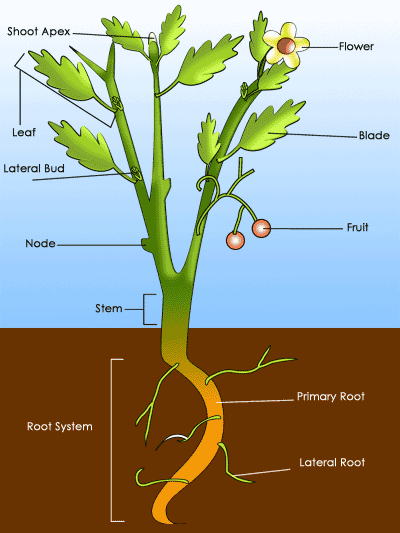Please wait while we process your payment
If you don't see it, please check your spam folder. Sometimes it can end up there.
If you don't see it, please check your spam folder. Sometimes it can end up there.
Please wait while we process your payment

By signing up you agree to our terms and privacy policy.
Don’t have an account? Subscribe now
Create Your Account
Sign up for your FREE 7-day trial
By signing up you agree to our terms and privacy policy.
Already have an account? Log in
Your Email
Choose Your Plan
Individual
Group Discount
Save over 50% with a SparkNotes PLUS Annual Plan!
 payment page
payment page
Purchasing SparkNotes PLUS for a group?
Get Annual Plans at a discount when you buy 2 or more!
Price
$24.99 $18.74 /subscription + tax
Subtotal $37.48 + tax
Save 25% on 2-49 accounts
Save 30% on 50-99 accounts
Want 100 or more? Contact us for a customized plan.
 payment page
payment page
Your Plan
Payment Details
Payment Summary
SparkNotes Plus
You'll be billed after your free trial ends.
7-Day Free Trial
Not Applicable
Renews July 8, 2025 July 1, 2025
Discounts (applied to next billing)
DUE NOW
US $0.00
SNPLUSROCKS20 | 20% Discount
This is not a valid promo code.
Discount Code (one code per order)
SparkNotes PLUS Annual Plan - Group Discount
Qty: 00
SparkNotes Plus subscription is $4.99/month or $24.99/year as selected above. The free trial period is the first 7 days of your subscription. TO CANCEL YOUR SUBSCRIPTION AND AVOID BEING CHARGED, YOU MUST CANCEL BEFORE THE END OF THE FREE TRIAL PERIOD. You may cancel your subscription on your Subscription and Billing page or contact Customer Support at custserv@bn.com. Your subscription will continue automatically once the free trial period is over. Free trial is available to new customers only.
Choose Your Plan
This site is protected by reCAPTCHA and the Google Privacy Policy and Terms of Service apply.
For the next 7 days, you'll have access to awesome PLUS stuff like AP English test prep, No Fear Shakespeare translations and audio, a note-taking tool, personalized dashboard, & much more!
You’ve successfully purchased a group discount. Your group members can use the joining link below to redeem their group membership. You'll also receive an email with the link.
Members will be prompted to log in or create an account to redeem their group membership.
Thanks for creating a SparkNotes account! Continue to start your free trial.
We're sorry, we could not create your account. SparkNotes PLUS is not available in your country. See what countries we’re in.
There was an error creating your account. Please check your payment details and try again.
Please wait while we process your payment

Your PLUS subscription has expired
Please wait while we process your payment
Please wait while we process your payment

Common Plant Characteristics
Terrestrial plants share a few defining characteristics, structural as well as functional. Perhaps the most basic shared feature of most plants is their division into shoots and roots. The separation between these two portions of the plant came about during the evolutionary move from an aqueous environment to a terrestrial one, and each part is essential in its own way to the plants' ability to survive on land.

The root, defined as the portion of a plant beneath the soil, brings in essential water and minerals from the soil. It also anchors the plant to the substrate, providing stability.
The shoot includes all aerial plant structures such as stems, leaves, flowers, and fruits. The shoot gathers the carbon dioxide and light energy necessary for photosynthesis, provides surfaces for gas exchange, and contains the plant's reproductive organs. Each of these parts, the root and the shoot, is dependent on the other, for roots cannot perform photosynthesis and shoots cannot take in water and inorganic nutrients.
Plants share other structural qualities as well, most of which stem from their adaptation to terrestrial conditions. All plants have reproductive structures that prevent desiccation (drying out) of the gametes. These sex organs, called antheridia (male) and archegonia (female), are themselves covered by a layer of jacket cells that help to retain moisture.
In addition to the protection given to the sex organs, the plant surfaces exposed to air are covered in a waxy layer, called a cuticle, that guards against water loss. Gas exchange in plants is limited to pores in the leaf epidermis called stomata, which can open and close to prevent excessive evaporation of water into the environment.
Most plants are autotrophs, organisms that synthesize all their own organic nutrients and do not rely on other organisms for food. The reason that plants are autotrophic is that they carry out photosynthesis in their leaves. In the process of photosynthesis, the plant converts water, carbon dioxide, and light energy into oxygen, sugars, and more water. The oxygen is released into the surrounding air through the stomata, and the sugars (organic nutrients) are transported throughout the plant body to areas of growth and storage.
Finally, plants undergo a life cycle that takes them through both haploid and diploid generations. The multicellular diploid plant structure is called the sporophyte, which produces spores through meiotic division. The multicellular haploid plant structure is called the gametophyte, which is formed from the spore and give rise to the haploid gametes. The fluctuation between these diploid and haploid stages that occurs in plants is called the alternation of generations. For further discussion, see Life Cycle, Alternation of Generations .
Please wait while we process your payment

